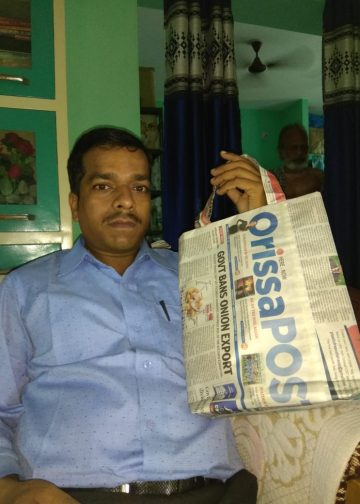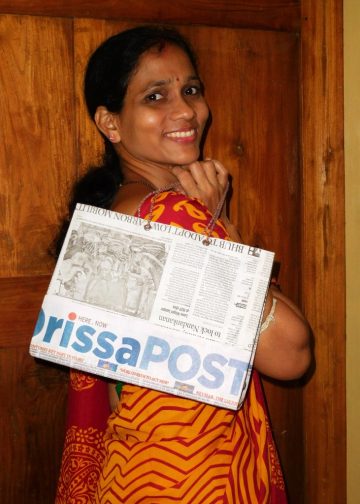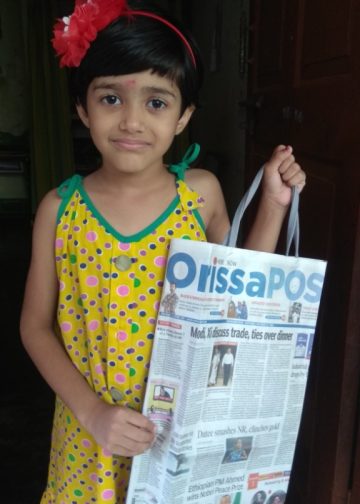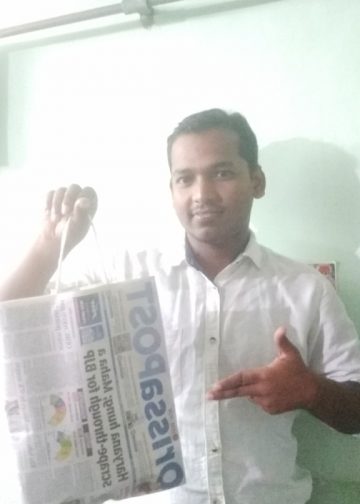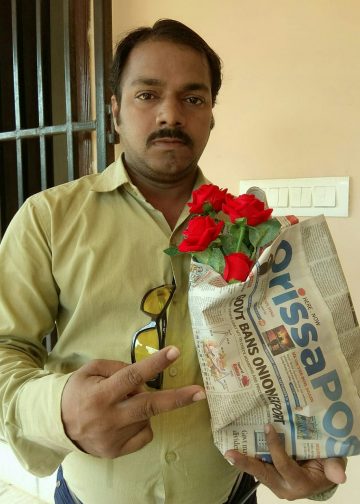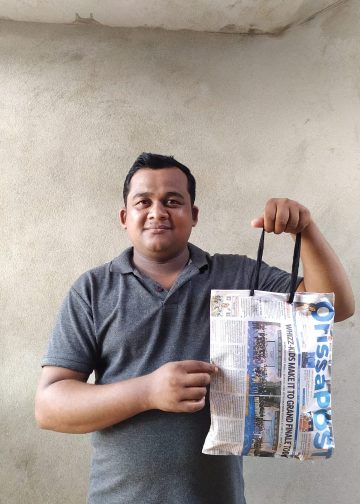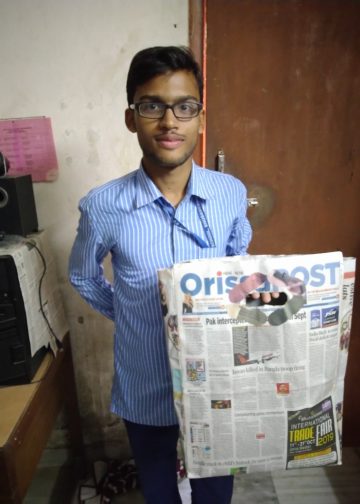Jose K joseph
Post News Network
Bhubaneswar: Chottu’s day begins with cleaning and mopping the floor of the hotel he works for in the city.
Chottu (11) fetches water from the nearest municipal tap, washes utensils and whatever the master orders him to get two meals a day. Often, he is thrashed when he breaks a china cup or a plate while washing.
This grim picture is representative of the condition of child labourers who suffer in silence due to lack of proper rehabilitation package for them.
According to the Economic Survey 2013-2014 conducted by Planning and Coordination Department, 34,409 child labourers (between 5 and 14) were admitted to 812 special schools under National Child Labour Projects (NCLP).
Similarly, the Orissa Economic Survey 2014-2015 conducted by Planning and Coordination department reveals that 32,715 child labourers were admitted to 700 special schools under NCLP. The statistics is explanatory to the plight of children employed in tedious jobs, farm sector and mines.
Many child right activists told Orissa POST hundreds of children claimed ‘rescued’ are not properly rehabilitated and various government departments involved in the job do not work in coordination.
“Many raids were conducted to rescue kids in difficult jobs. But, what happens to these rescued kids is a difficult question to answer. Undoubtedly, these children have become labourers not out of choice but due to poverty. Hence, the government must ensure that a rehabilitation system is evolved to rescind the heinous practice,” said leading child rights activist Tapan Padhi, founder of Child Right, an NGO.
Documents available with Orissa Post from government departments and NGOs show a majority of child labourers hail from Ganjam, Mayurbhanj, Keonjar and Bolangir districts. Most of these children are from Scheduled Caste and Scheduled Tribe sections of society.
Even Human Development Report 2014 of Planning Commission suggests child labour is prevalent in urban areas and the labour market shows a great demand for boys than girls.
Although the Right to Education has been implemented in Orissa, many activists have criticised the slipshod implementation as the state requires thorough improvement in infrastructure to achieve this goal.
“Though Right to Education guarantees free and compulsory education, Orissa needs more infrastructural developments for effective implementation of the right to education,” said Pradip Pradhan, an activist engaged in children’s rights.
The Comptroller and Auditor General of India’s 2015 report No. 2 submitted in March 2014 has highlighted that education system needs infrastructural improvement.
According to the report, 2516 schools do not have buildings, 2578 schools do not have toilets and 7497 schools lack separate toilets for girls.
Many top officials of women and child development department declined to comment on this issue.
Experts have suggested that the police, labour, education and women and child development Department need to work in cohesion to free the state of child labour.








